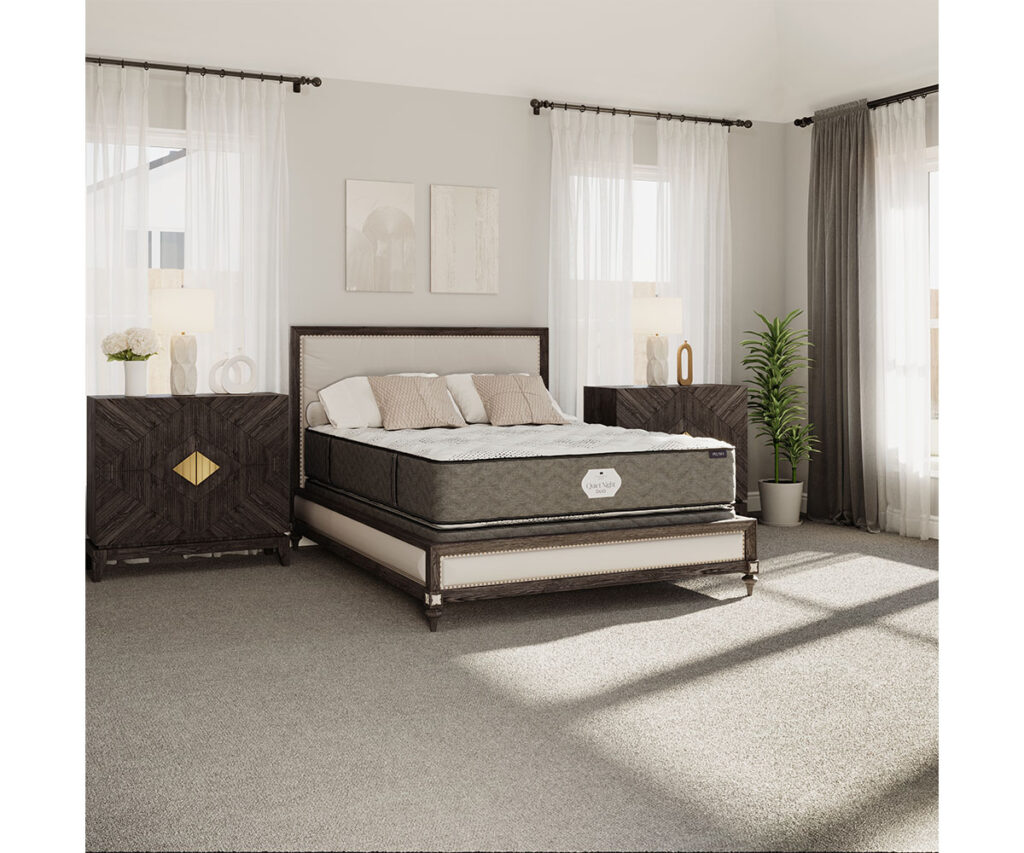Buying a mattress can be a bewildering process. It’s not a frequent purchase. Mattress endorsements from doctors and sleep experts add to the confusion, much like sorting through dentists’ and doctors’ testimonials for toothpaste. However, unlike toothpaste, the high cost of a mattress turns the wrong choice into a costly mistake. This guide breaks down the pros and cons of various mattresses, helping you make the best decision for your needs.

Do You Like Your Current Mattress?
First, consider how you sleep now: Do you like your current mattress? If unsure, consider these questions:
Do you wake up with back or neck pain? Do you sleep better at hotels or on the couch?
Many people become so used to their mattress they don’t notice when it stops meeting their needs. While an aging mattress and other factors contribute to pain, consistently sleeping better elsewhere likely means it’s time for a replacement.
Next, think about the age of your mattress. Is it over ten years old? Experts generally advise replacing mattresses every eight to ten years, even if the warranty covers springs for longer. Warranties don’t guarantee comfort or proper support as your body changes. Signs like sagging, squeaking, or poor spinal alignment clearly signal a need for a new mattress.
Lastly, consider your health. Over time, mattresses collect dead skin cells, dust, and debris, even with regular cleaning. This buildup can trigger allergies, post-nasal drip, or rashes. Stains and discoloration may also foster mold growth. Conditions like sciatica, arthritis, or sleep apnea might require better support. Weight changes, injuries, and aging often shift sleep needs. Since quality sleep is crucial to overall health, investing in a suitable mattress pays off.

Choose Firmness Based on Your Sleep Position
When selecting a mattress, some people instinctively know what works for them. They identify the level of softness they prefer, whether it’s the plush feel of a thick 12-inch mattress or the contouring support of memory foam. Others need more guidance to make the right choice. The key is to consider how you sleep most of the night.
Side Sleeper
About 60% of people sleep on their sides. Side sleepers typically need softer mattresses with ample cushioning to ease pressure on the hips and shoulders. Many mattresses designed for this position include extra layers of padding atop the springs. While standard mattresses measure 10–12 inches thick, side sleepers often prefer 12–20 inches for extra comfort. Pillow-top mattresses can also provide relief for those with hip pain or prominent joints.
The rise of memory foam reflects the popularity of side sleeping. Made from polyurethane, memory foam conforms to the sleeper’s body, relieving pressure and maintaining alignment between the neck and spine. A soft mattress that allows the shoulders to sink slightly offers the best balance of comfort and support.
Back Sleeper
Roughly 35% of people sleep on their backs. This position often reduces sleep apnea symptoms by improving airflow and can alleviate some back pain by naturally aligning the spine and neck. Back sleepers usually require firmer mattresses, as overly soft options may compromise spinal support.
This kind of sleeper should consider three main mattress types. First, the traditional spring mattress offers solid support and durability. Second, memory foam provides custom support to each person, molding itself to the spine. Third, firmer foam or hybrid options benefit people with persistent back pain. Hybrid mattresses combine memory foam with springs to provide firm support with the kind of bed you can sink into.
Stomach Sleeper
Although chiropractors advise against stomach sleeping, some people find it most comfortable. Stomach sleepers should choose firm mattresses to prevent spinal misalignment caused by excessive sinking. A flat pillow paired with a firm mattress maintains proper support. If additional softness is needed, limit it to a thin layer—no more than an inch of cushioning.
Combination Sleeper
Combination sleepers frequently shift between positions, often alternating between their back and side. A medium-firm mattress with moderate padding offers the right balance for these individuals. Test the mattress in multiple positions to ensure it meets your needs for both back and side sleeping.
Hot or Cool?
Many people prioritize staying cool at night when choosing a mattress. Firmer mattresses tend to sleep cooler than plush ones, and traditional spring-coil designs allow better airflow than memory foam. While memory foam retains heat, gel-infused versions, like the Conforma Gel Mattress and Perfect Choice Gel Mattress, effectively dissipate heat to keep you cool. Feel free to ask us about others that use moisture-wicking and cooling features.

Options for Increasing Plushness
For some, a softer mattress is essential for health or comfort, while others prefer the luxury of sinking into their bed for a better night’s sleep. A restful night is crucial for overall health, and many mattresses offer various firmness levels to suit individual needs.
Side sleepers with hip or shoulder pain should consider memory foam. Like the ballpoint pen and Velcro, NASA initially developed memory foam. This technology conforms to the body as heat transfers into the mattress. As the foam cools, it regains its original shape. Memory foam mattresses can offer relief for bony hips or spines.
In Conclusion
Finding the perfect mattress depends on individual needs and preferences. To make the best choice, focus on these key questions:
- Do you have specific health or medical considerations?
- What is your primary sleep position?
- Do you sleep hot or cool?
Whenever possible, test the mattress in person. No amount of research can replace the experience of lying down and feeling it for yourself. A good night’s sleep is an investment in your health and well-being, making it worth the time and effort to find the mattress that suits you best.
Reading about the best mattress for you can be helpful, but for a more personalized approach, ask us about popular mattresses. Remember, it’s always best to test before you buy.


